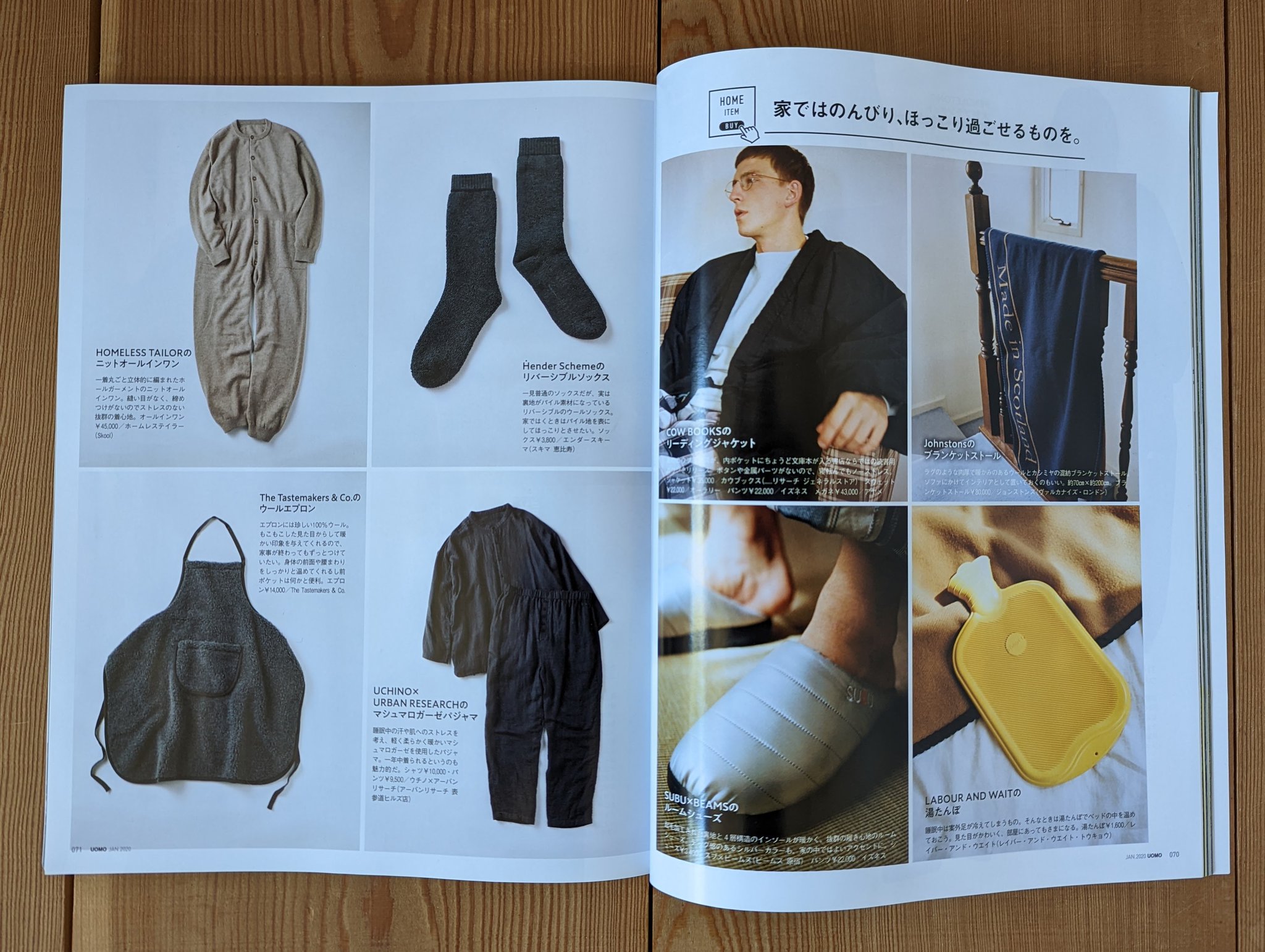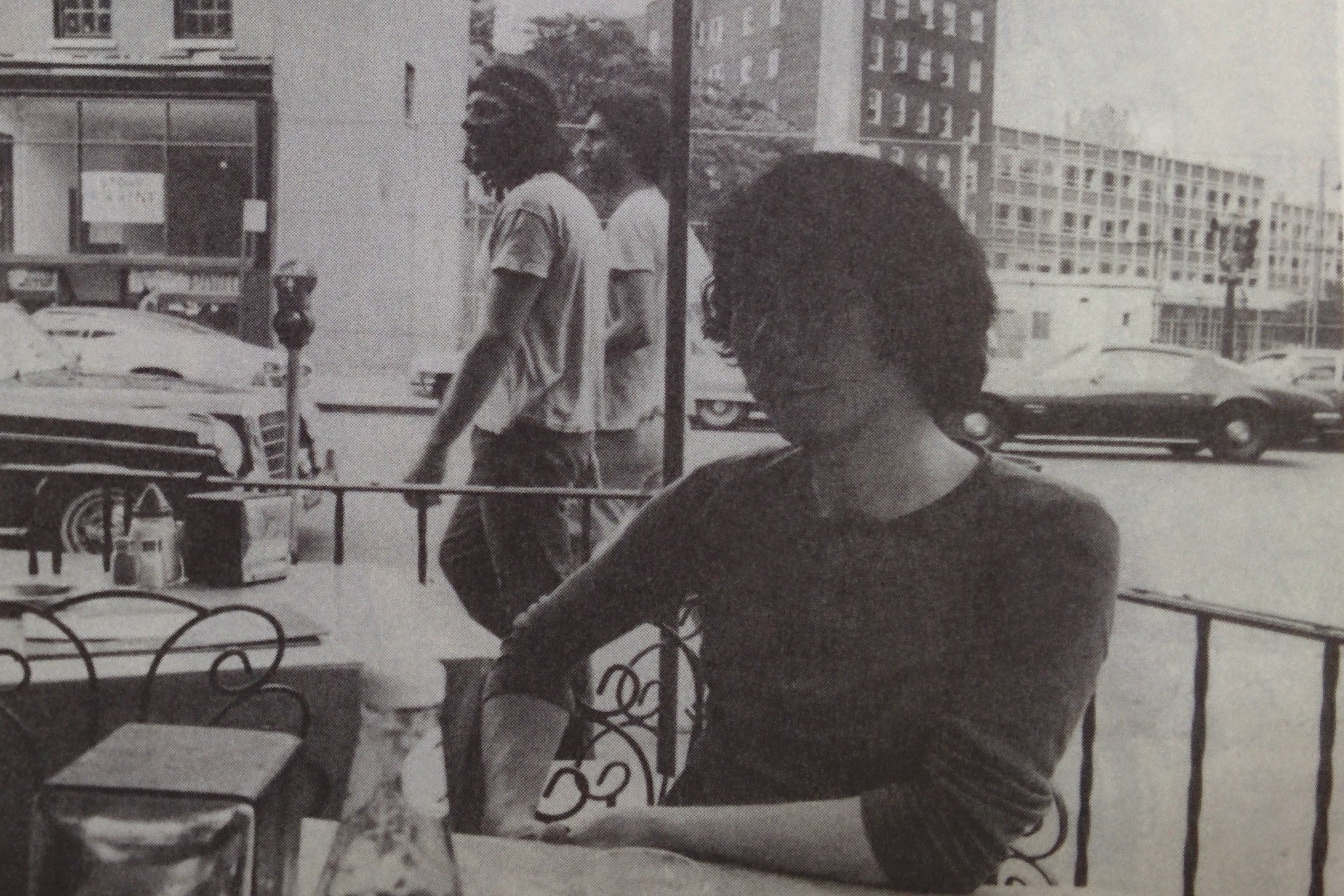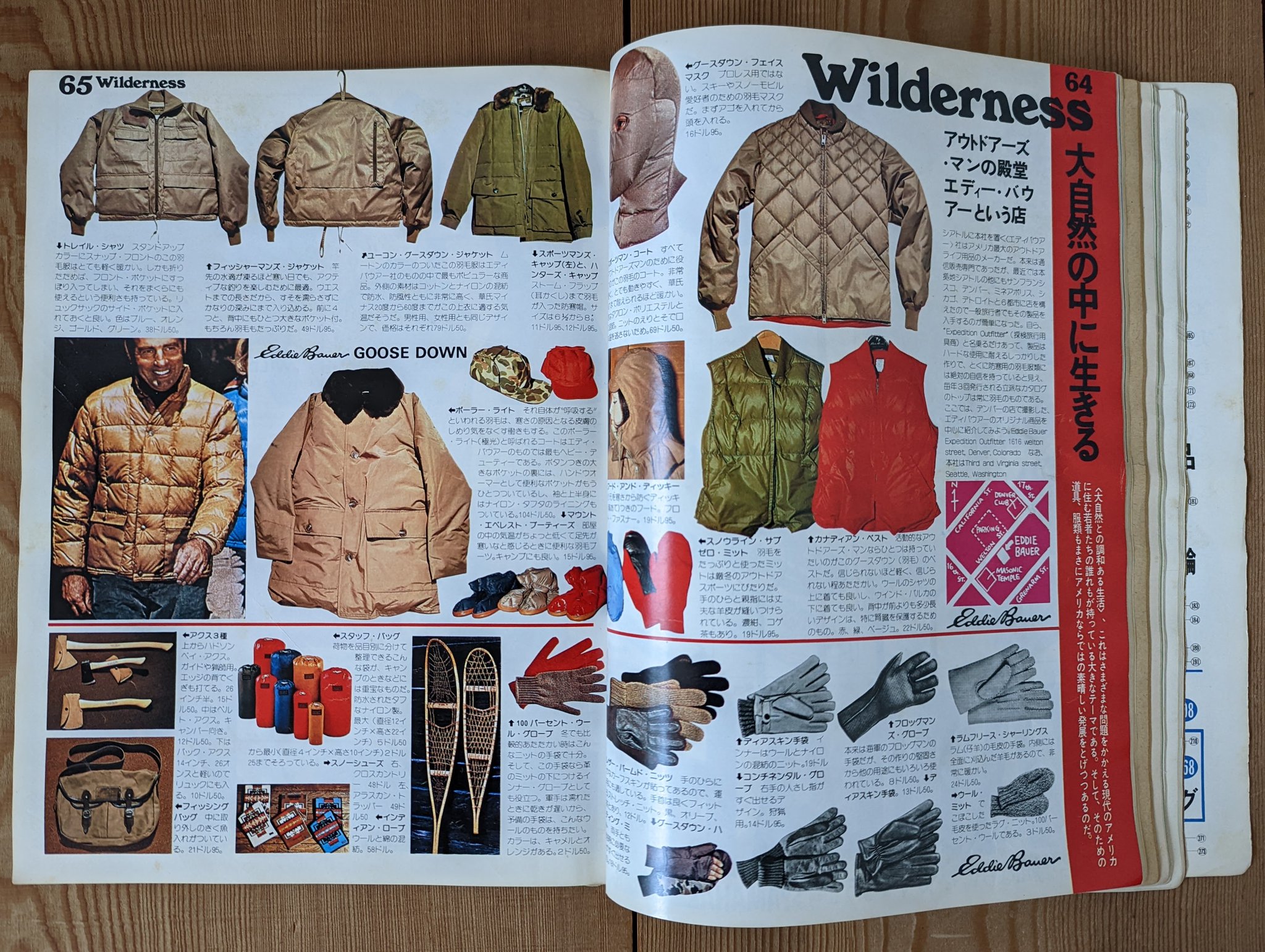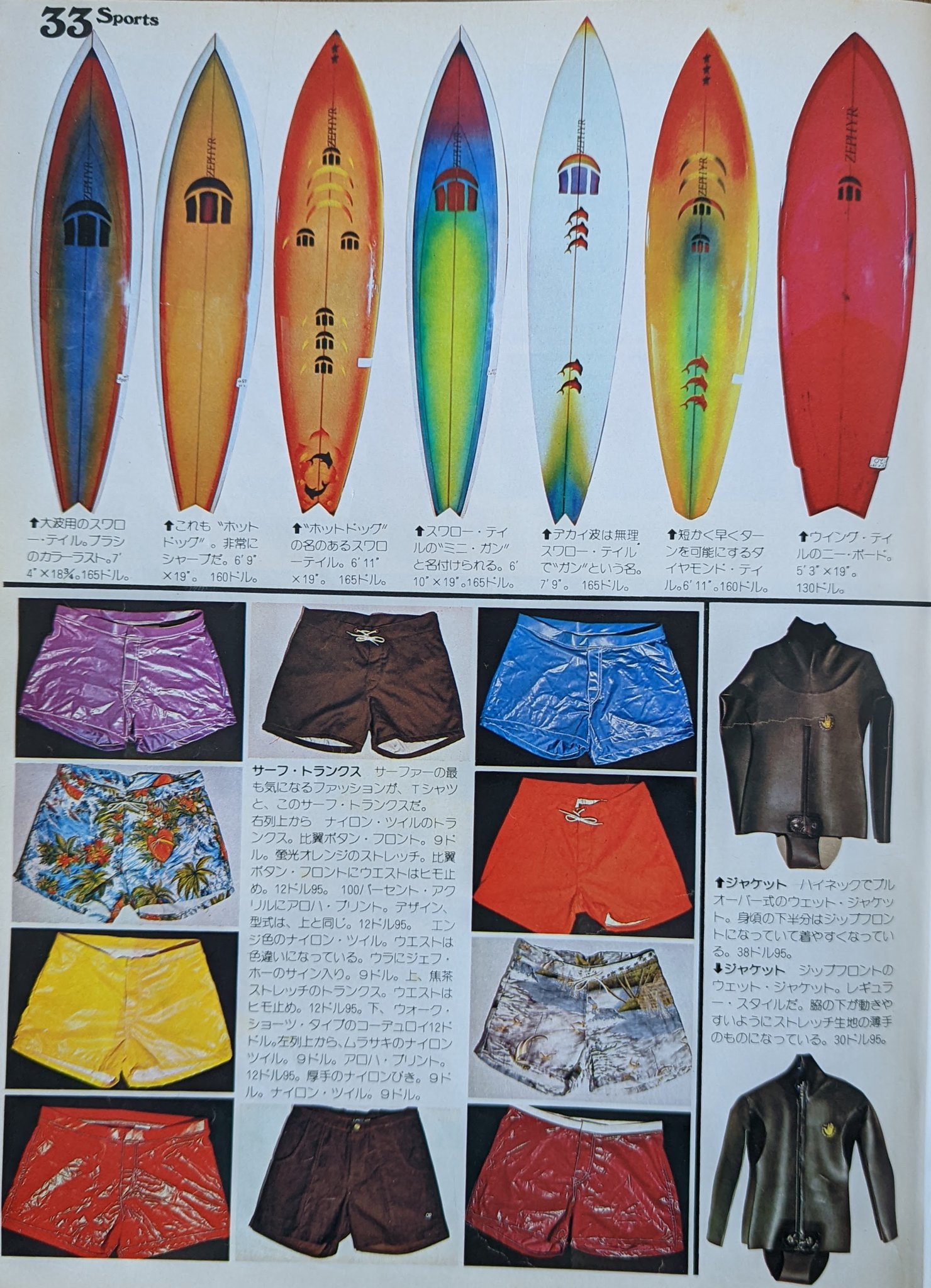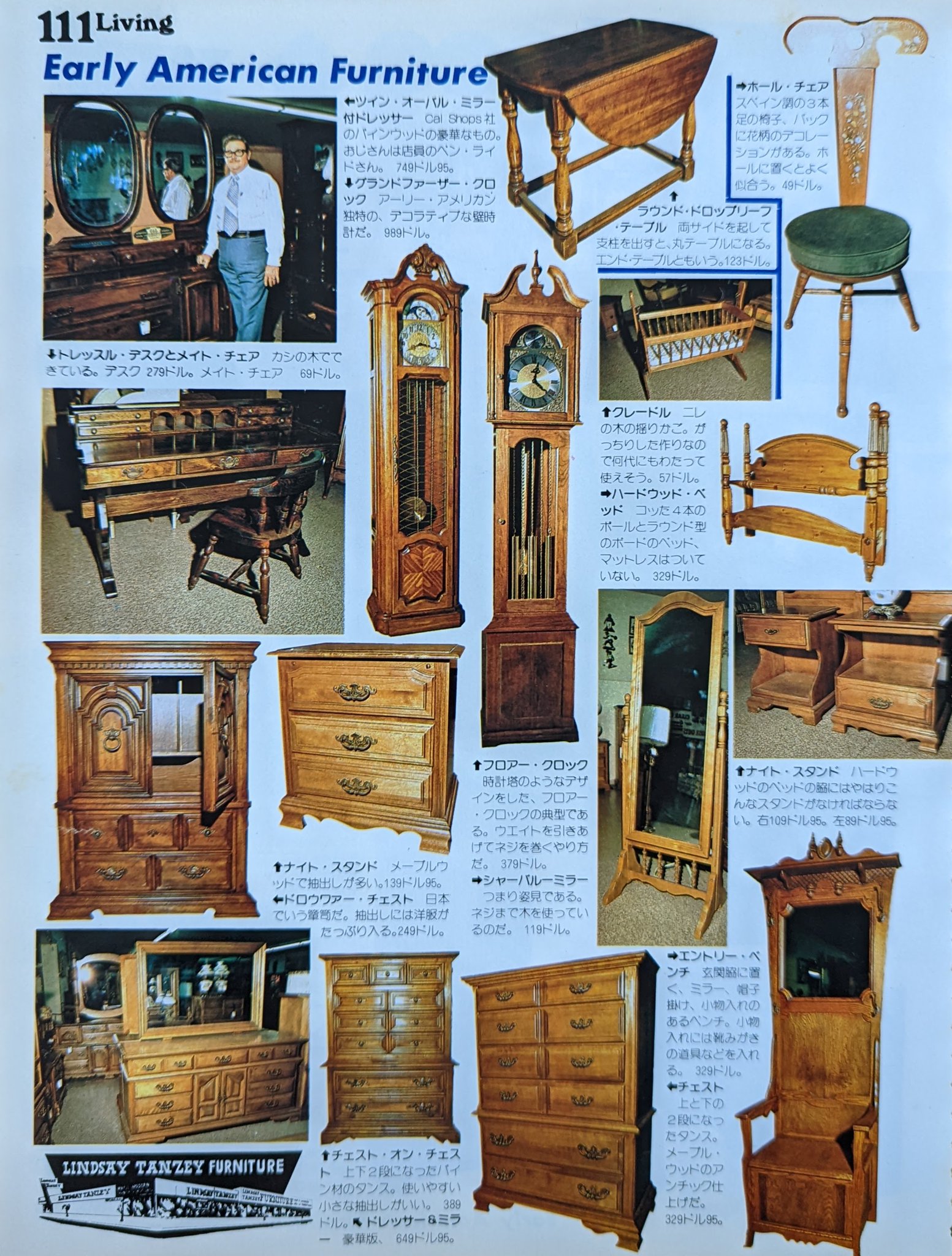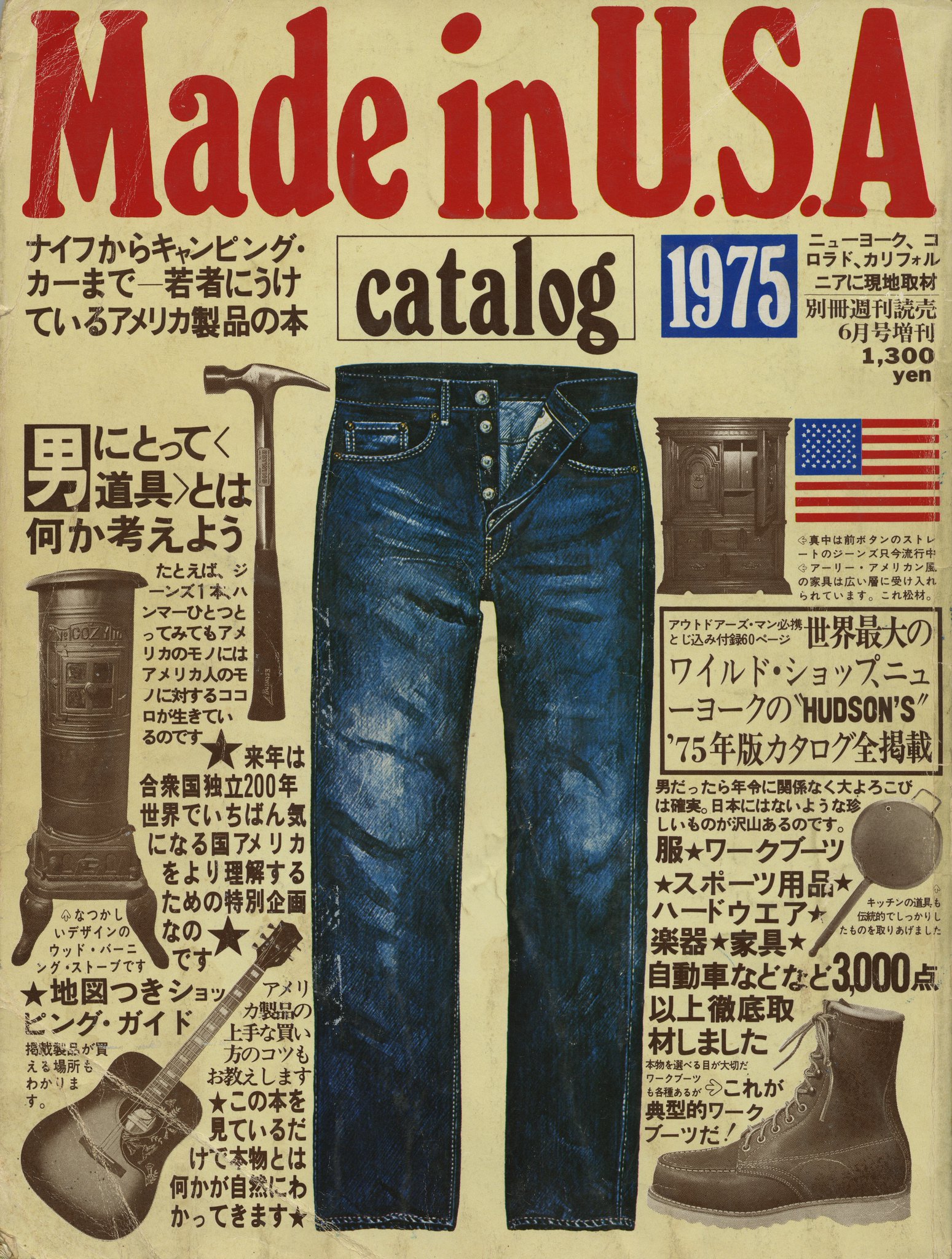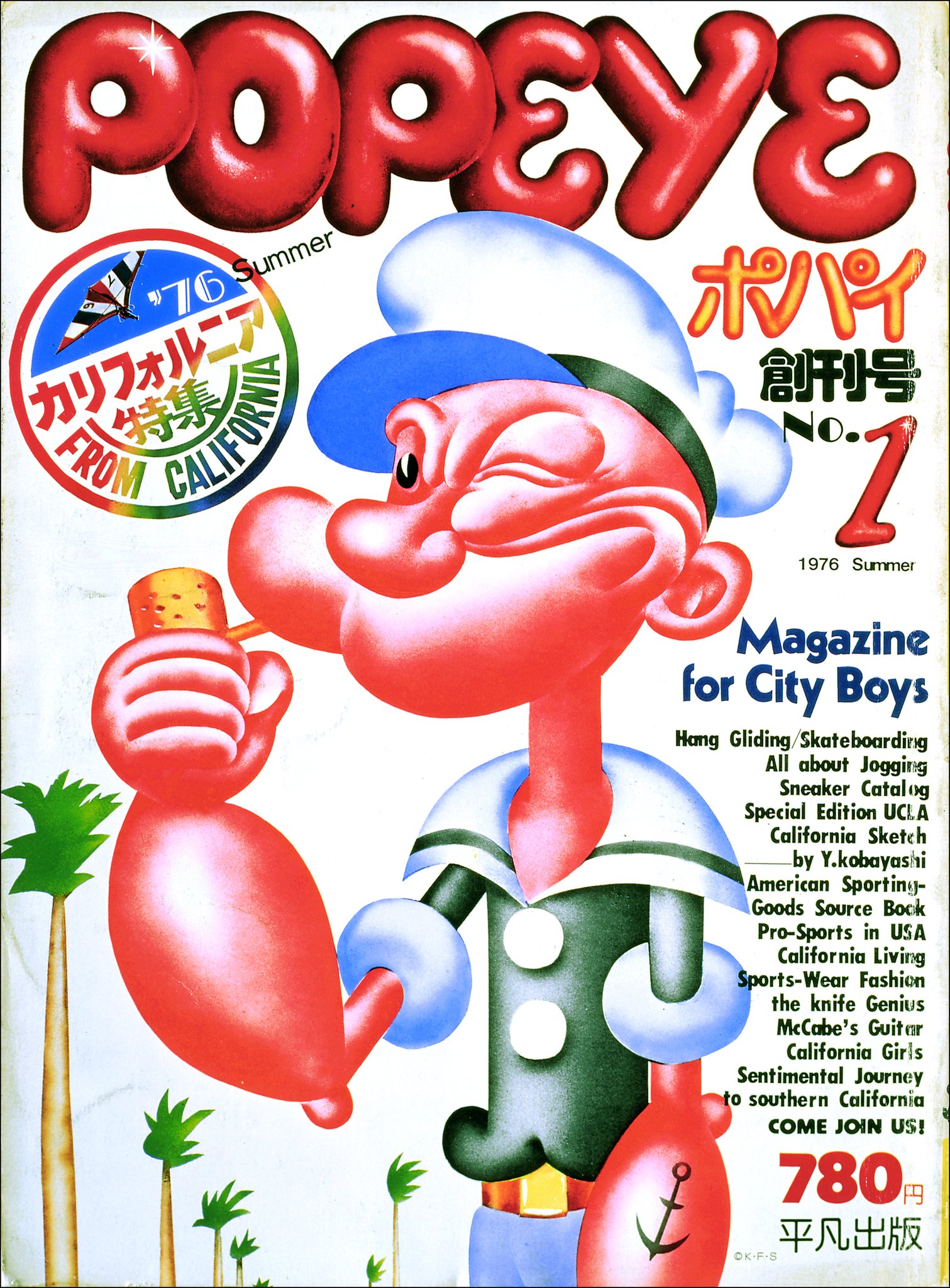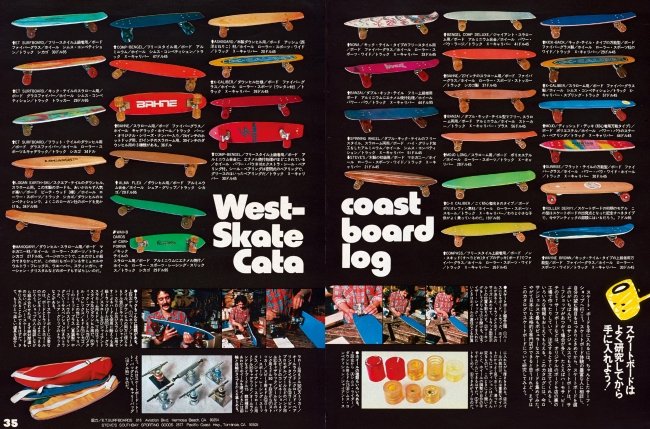Thread
AMETORA MINI-STORIES #2
Why Japanese Fashion Magazines Look Like Catalogs
One of the most distinctive features of Japanese magazines is their similarity to catalogs: lots and lots of products laid out along with prices and retailers.
The origin is, oddly, the US counterculture.
Why Japanese Fashion Magazines Look Like Catalogs
One of the most distinctive features of Japanese magazines is their similarity to catalogs: lots and lots of products laid out along with prices and retailers.
The origin is, oddly, the US counterculture.
This Japanese design style began in the mid-1970s, directly inspired by the Whole Earth Catalog — @stewartbrand's hyper-saturated guide to the tools necessary for self-sustainable communities, published from 1968-1972. (Steve Jobs called WEC “Google in paperback form.")
Illustrator Yasuhiko Kobayashi (L) and editor Jirō Ishikawa (R) were in New York in '69 to report on youth culture, when they came upon the Whole Earth Catalog inside the Doubleday bookstore. Kobayashi couldn't figure out what the WEC *was*, but he brought a copy back to Japan.
After puzzling over the Whole Earth Catalog for years, Kobayashi and Ishikawa finally decided make a "Japanese version." But instead of a semi-philosophical manifesto, they made theirs a mock mail-order catalog of American-made products: clothing, outdoor supplies, tools etc.
They traveled to the U.S. and took photos of three thousand different objects: Madison Avenue repp ties, Pendleton knockabout cardigans, Jeff Ho’s Zephyr Production surfboards, and the generic shovels, rakes, plows, screwdrivers, and pliers that sat in suburban garages.
The resulting 274-page catalog— called the Made in USA catalog — drowned readers in product shots, and included a fifty-six-page reprint of the 1974-1975 Hudson’s Camping Headquarters mailer.
It was a runaway smash hit and sold 150,000 copies.
It was a runaway smash hit and sold 150,000 copies.
Bolstered by the success of Made in USA, the same team founded Popeye Magazine and again used the same catalog design from WEC. Popeye's instant success then made the "catalog magazine" format the hot design convention for all consumer goods magazines.
Advertisers loved the catalog format because it directly pushed their products to consumers as legitimized purchases. Consumers loved it because they could learn about hundreds of "legitimate" products and shop for them before even setting foot in a store.
Mentions
See All
Noah Smith @NoahSmith
·
Jan 13, 2022
Amazing story in this thread
